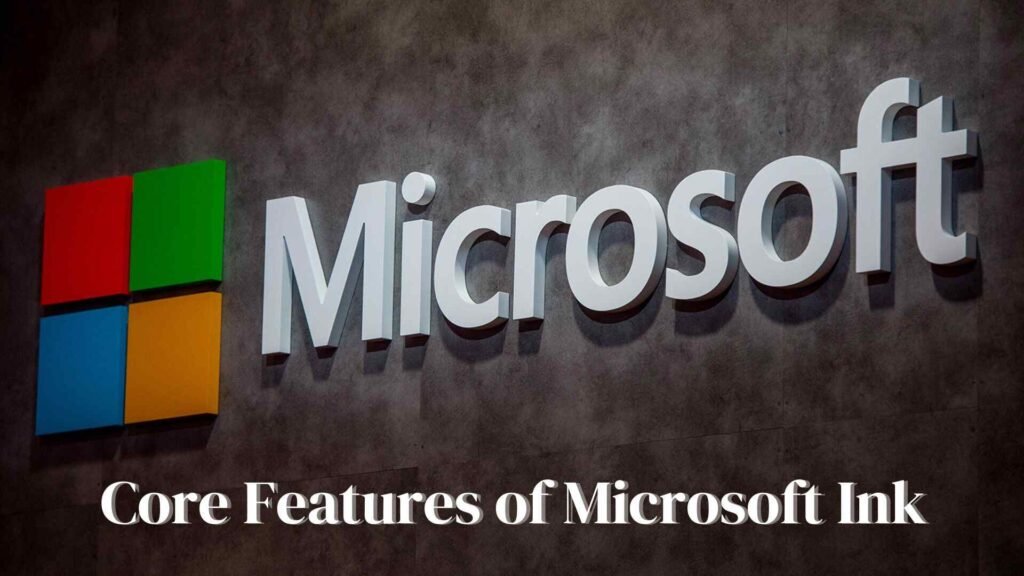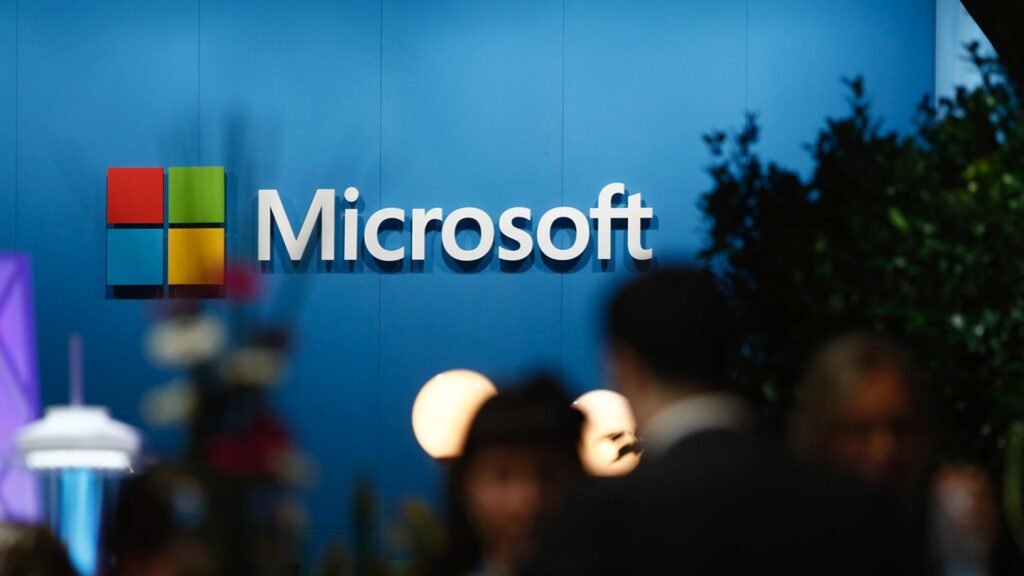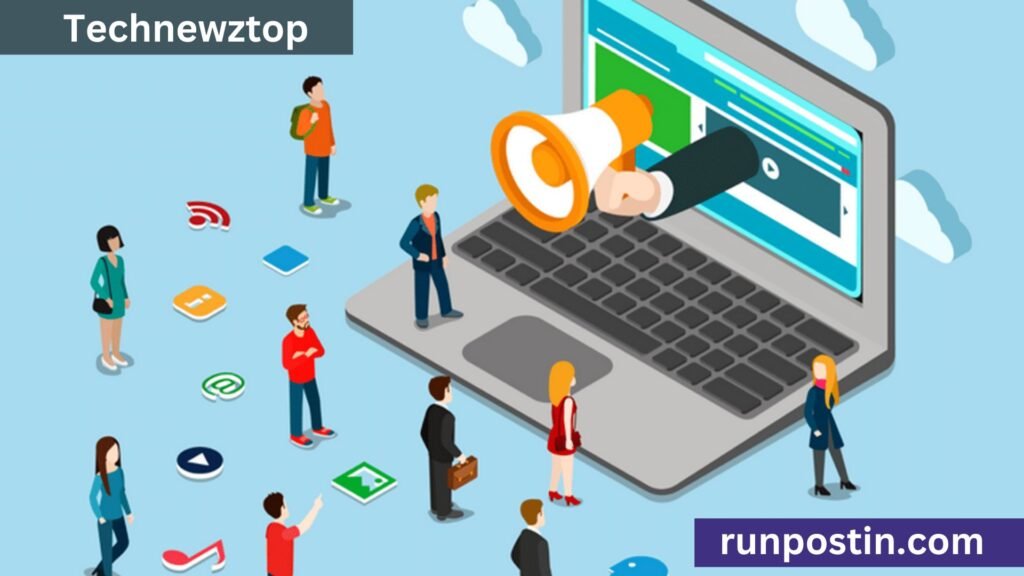Introduction
In a world that’s becoming increasingly digital, the way we interact with our devices has evolved significantly. One of the most transformative technologies in this space is Microsoft Ink, Accessible view [https: The resource taken from the address: <www.microsoft.com/ink> is a perfect example a tool designed to bring the natural feel of writing, drawing, and annotating to the digital world. Whether you’re jotting down notes in a meeting, sketching out a creative idea, or marking up a document, Microsoft Ink allows you to do it all with the same fluidity as a pen on paper.

But what exactly is Microsoft Ink, and how can you make the most of it? This comprehensive guide will walk you through everything you need to know about Microsoft Ink, from the basics to advanced features, its applications in various fields, and the future of digital inking.
What is Microsoft Ink?
Microsoft Ink is a digital inking platform integrated into Windows devices that allows users to write, draw, and annotate directly on their screens using a stylus or digital pen. Introduced as part of the Windows 10 Anniversary Update, Microsoft Ink was designed to mimic the experience of traditional writing and drawing, bringing a natural, intuitive feel to digital content creation.
Key features of Microsoft Ink include the ability to use digital pens for precision input, access to the Windows Ink Workspace, and seamless integration with popular Microsoft Office apps like Word, PowerPoint, and Excel. Whether you’re sketching out a design, annotating a PDF, or taking quick notes, Microsoft Ink provides a versatile and powerful toolset.
The Evolution of Digital Inking
Digital inking has come a long way since its inception. Early attempts at digital inking were clunky and lacked the fluidity of traditional pen and paper. However, with advancements in touch technology, stylus accuracy, and software development, digital inking has become a sophisticated and integral part of the modern digital ecosystem.
Microsoft Ink represents a significant milestone in this evolution. By combining powerful hardware capabilities with intuitive software, Microsoft has created a platform that caters to both casual users and professionals alike. https //www.microsoft.com /ink the introduction of features like pressure sensitivity, tilt support, and Ink Replay has further enhanced the precision and usability of digital inking.
Devices and Platforms Supporting Microsoft Ink
Microsoft Ink is supported on a wide range of devices, making it accessible to many users. These include:
- Windows Devices: Microsoft’s Surface line of products, including the Surface Pro, Surface Book, and Surface Go, are specifically designed to take full advantage of Microsoft Ink. Other Windows laptops and tablets with touchscreens and stylus support are also compatible.
- Third-Party Devices: Many third-party devices, such as Lenovo Yoga and HP Spectre x360, also support Microsoft Ink, provided they have touchscreens and pen support.
- Other Platforms: While Microsoft Ink is primarily designed for Windows, some features and functionalities may be available on other platforms through specific apps, though the experience may vary.
Getting Started with Microsoft Ink (https //www.microsoft.com /ink)
Getting started with Microsoft Ink is simple, especially if you have a compatible device. Here’s a quick guide to setting it up:
- Check Device Compatibility: Ensure that your device supports Microsoft Ink. This typically includes having a touchscreen and stylus or pen support.
- Access Windows Ink Workspace: Open the Windows Ink Workspace from your taskbar. This hub allows you to quickly access tools like Sticky Notes, Sketchpad, and Screen Sketch.
- Calibrate Your Pen: Go to your device settings to calibrate your pen for accuracy. You can also customize pen pressure, assign shortcuts, and more.
- Start Inking: Whether you’re using an Office app, drawing in Sketchpad, or annotating a web page, you’re ready to start inking.
Core Features of Microsoft Ink: https //www.microsoft.com /ink

Microsoft Ink is packed with features designed to enhance your digital inking experience. Some of the core features include:
- Windows Ink Workspace: A central hub that gives you quick access to inking tools like Sticky Notes, Sketchpad, and Screen Sketch.
- Sticky Notes: Digital notes that can be written with your pen and synced across devices.
- Sketchpad: A simple drawing tool that lets you create sketches and drawings.
- Screen Sketch: A tool for capturing your screen and annotating it with ease.
- Integration with Microsoft Office: Microsoft Ink is seamlessly integrated with Office apps, allowing you to annotate documents, highlight text, and draw diagrams directly in Word, Excel, and PowerPoint.
Advanced Features and Tools
As you become more comfortable with Microsoft Ink, you can explore its advanced features to further enhance your productivity and creativity:
- Customizing the Pen and Ink Experience: Adjust pen settings such as pressure sensitivity, tilt, and shortcuts to match your preferences.
- Ink Replay: A feature that allows you to play back your inking process, making it easy to review and refine your work.
- Ink to Math and Ink to Shape: Convert handwritten equations and shapes into formatted text and precise graphics, respectively.
Microsoft Ink for Creativity
Microsoft Ink isn’t just about productivity—it’s a powerful tool for creativity as well. Artists and designers can take advantage of digital inking to bring their ideas to life:
- Drawing and Sketching: Use apps like Sketchpad or third-party creative software like Adobe Photoshop and Autodesk SketchBook to create detailed drawings and illustrations.
- Collaboration: Ink makes it easy to share your creative process with others, allowing for real-time feedback and collaboration.
Productivity with Microsoft Ink
In professional settings, Microsoft Ink can greatly enhance productivity. Some ways to leverage Ink include:
- Annotating Documents: Use Ink to mark up documents, highlight key points, and add notes directly on the screen.
- Taking Notes: Digital inking allows you to take notes during meetings, lectures, or brainstorming sessions, all of which can be easily organized and referenced later.
- Streamlining Workflows: In industries like design, engineering, and architecture, Ink can be used to streamline workflows by allowing for precise annotations, sketches, and real-time edits.
Educational Applications of Microsoft Ink

Education is another area where Microsoft Ink shines. Teachers and students can use Ink to enhance the learning experience:
- Interactive Lessons: Teachers can use Ink to create interactive lessons, annotate presentations, and provide real-time feedback to students.
- Student Engagement: Students can take handwritten notes, solve problems, and collaborate with peers, all digitally.
- Digital Classrooms: With tools like OneNote, students and educators can create and share digital notebooks, making it easier to organize and access information.
Get more info: CRM Balitteknologikaret.co.id: A Comprehensive Guide for CRM
Microsoft Ink in Professional Settings
Beyond creativity and education, Microsoft Ink https //www.microsoft.com /ink is widely used in professional fields:
- Engineering and Design: Engineers and designers use Ink for precision drawings, schematics, and blueprints.
- Legal and Medical: Professionals in the legal and medical fields can annotate documents, sign forms, and make notes on sensitive documents.
- Architectural and Creative Industries: In architecture and other creative industries, Ink allows for detailed sketches, plans, and collaborative design sessions.
Integration with Third-Party Apps
Microsoft Ink’s versatility is further enhanced by its integration with third-party apps:
- Popular Apps: Apps like OneNote, PDF readers, and creative tools often have built-in support for Ink, allowing for seamless use across different platforms.
- Third-Party Tools: Expand the capabilities of Ink by using third-party tools designed to enhance the inking experience, such as handwriting recognition apps or advanced drawing software.
Troubleshooting Common Issues
Like any technology, Microsoft Ink can sometimes run into issues. Here are some common problems and solutions:
- Lag or Delay: Ensure your device is up to date, and try recalibrating your pen.
- Pen Not Working: Check the battery, update drivers, and re-pair the pen with your device.
- Inaccurate Inking: Calibrate the pen and screen, and adjust the sensitivity settings.
Future of Microsoft Ink
Microsoft is continually improving and expanding the capabilities of Microsoft Ink . Future updates may include enhanced AI integration, more advanced drawing tools, and expanded compatibility with new devices and platforms. As digital inking technology continues to evolve, we can expect Microsoft Ink to remain at the forefront, driving innovation and creativity.
Conclusion
Microsoft Ink is a powerful tool that bridges the gap between traditional writing and digital technology. Whether you’re using it for productivity, creativity, education, or professional work, Microsoft Ink visit the consumer https //www.microsoft.com /ink offers a versatile and intuitive platform that enhances your digital experience. As technology continues to advance, Microsoft Ink is poised to play a key role in shaping the future of digital inking.
FAQs
What devices support Microsoft Ink?
Microsoft Ink is supported on Windows devices with touchscreen and stylus capabilities, including Surface products and many third-party laptops and tablets.
How do I customize my pen settings in Microsoft Ink?
You can customize pen settings through the device’s settings menu, adjusting options like pressure sensitivity, tilt, and shortcuts.
Can I use Microsoft Ink in non-Microsoft apps?
Yes, Microsoft Ink can be used in many third-party apps that support digital inking, such as Adobe Photoshop, OneNote, and various PDF readers.
How does Microsoft Ink enhance productivity?
Microsoft Ink enhances productivity by allowing users to annotate documents, take notes, draw diagrams, and streamline workflows with precise digital inking tools.
What are the best apps for using Microsoft Ink?
Some of the best apps for Microsoft Ink include OneNote for note-taking, Adobe Photoshop for creative work, and PDF readers for document annotation.
Also Read More:
This Blog Will Show You About The New Digital Technology In Thailand
Swift Relocation To Canada As Electronics Engineer 2024
Share To Help
